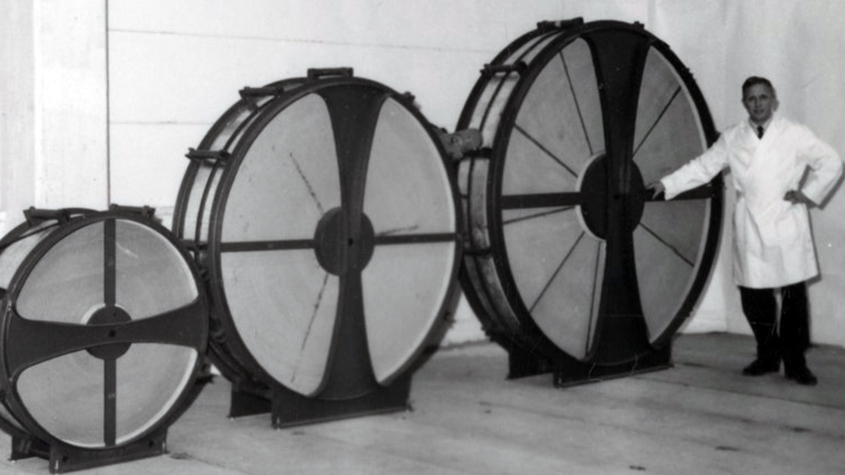Si è verificato un errore durante l'invio del messaggio, per cortesia riprova più tardi
Aree di business
Accedi
Industrie
-
Agricoltura
- Automotive
- Battery
- Trattamenti chimici
-
Edifici commerciali e pubblici
-
Costruzione
- Data centers
-
Difesa e industria aerospaziale
-
Elettronica
-
Generi alimentari e bevande
-
Industria/produzione in generale
-
Serre
- Assistenza sanitaria
- Olio, gas e petrolio
- Prodotti farmaceutici
-
Potenza
- Cellulosa, carta e stampa
-
Divertimento e tempo libero
-
Negozi e supermercati
-
Costruzioni navali e marine
- Industria siderurgica
-
Magazzinaggio, conservazione e archivi
- Strutture Temporanee
- Acque e acque di scolo
Soluzioni
- Sistemi per il comfort edilizio
- Cold storage
- Temperatura e umidità combinate
-
Raffreddamento
-
Data center cooling
- Deumidificazione
-
Drying Rooms
- Recupero energetico
-
Farm-management
-
Riscaldamento
-
Umidificazione
-
Mist Elimination and Gas Liquid Separation
- Eliminazione delle nebbie
- Controllo dell’inquinamento e abbattimento VOC
- Spray drying
-
Ventilazione
- Servizio
- High-Temperature
-
Mass Transfer
- Climate and Irrigation Controllers for Agriculture
- Controllo combinato Temperatura & Umidità
- Controllo inquinamento e VOC
- Deumidificatori
- Eliminatori di nebbia
- Generatori di aria calda
- Mass Transfer
- Prese d’aria/aspiratori
- Prodotti per il recupero energetico
- Purificatori d'aria per attività agricole
- Raffrescatori e umidificatori
- Ventilatori & filtri luce



 Industrial dehumidification systems have become increasingly popular in recent years due to lower total costs through economies of scale, modular designs and excellent reliability. The systems are also very energy efficient and Munters is constantly striving to make its solutions even more environmentally friendly by using waste heat from available sources, such as condensers, to dry the desiccant wheel.
Industrial dehumidification systems have become increasingly popular in recent years due to lower total costs through economies of scale, modular designs and excellent reliability. The systems are also very energy efficient and Munters is constantly striving to make its solutions even more environmentally friendly by using waste heat from available sources, such as condensers, to dry the desiccant wheel.